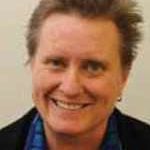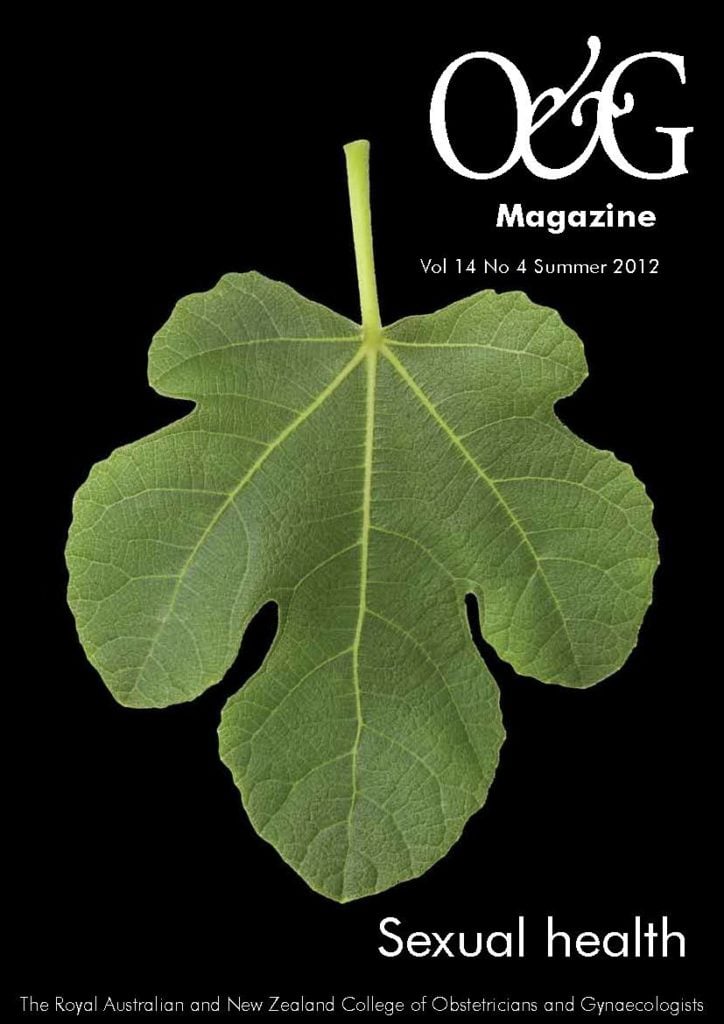How do we make progress in sexuality and relationships education in Australia?
Family Planning Queensland (FPQ) has supported teachers and schools in their development and implementation of education for children and young people for more than 40 years. Despite the media’s fondness for presenting articles on sex education as controversial, the evidence base is clear and unambiguous. We know sexuality and relationships education (SRE) contributes to a wide range of positive health and wellbeing measures
SRE contributes to reducing teenage pregnancy rates and improving sexual health by delaying early sex and improving contraceptive use. It helps children and young people to understand appropriate and inappropriate behaviours and be less vulnerable to exploitation and sexual abuse. It helps children and young people confidently navigate their way through puberty, into adolescence and adulthood, developing vital life skills along the way. These life skills include discernment, negotiation and communication, self-awareness, setting boundaries, understanding consent – saying yes, maybe or no, seeking help and respecting others rights.1,2
SRE is most effective when it is age appropriate, linked to explicit curriculum outcomes and delivered by teachers who have ongoing relationships with children and young people. And yet, there is no jurisdiction in Australia where implementation is consistent across all schools. This vitally important area is still subject to partisan whims, moral panics and has few political champions. We know 91 per cent of Queensland parents support school-based sexuality and relationships education3, however, this is rarely reflected in media coverage.
In August 2012, the Australian Curriculum, Assessment and Reporting Authority (ACARA) released the Shape of the Australian Curriculum: Health and Physical Education paper, following an extensive consultation period. From then until February 2013, this document will be used to guide the development of a national curriculum, including learning areas in SRE. The extent to which this will actually change anything in the consistency of what SRE is provided to young people in the absence of monitoring and accountability mechanisms is debatable.4
However, the ACARA processes are attracting media and community attention and some familiar polarities are emerging, so it is timely to consider what effective advocacy might be in this important area of public health.
The first challenge for health advocates is to resist being drawn into debates on lists of biomedical content areas. Questions like ‘when and if should children be told about abortion?’ are not designed to make progress, but rather to derail it. Another problem with a knowledge only approach is that it places SRE in the ‘priority soup’, up against other health areas competing for limited available time. Programs are too easily designed to rely on didactic presentations from experts, rather than educative processes that actually engage young people as active participants in learning.
A year 9 teacher wrote in an FPQ workshop evaluation in 2011: ‘Knowing about luteal phases or the difference between bacterial and viral STIs isn’t going to help young people if they don’t have the confidence and skills to negotiate, or care enough about themselves to want to.’
Good SRE programs provide spaces for young people to learn through interaction and discussion, focus on emotions, values, norms, relationships, safety, their world and experiences more effectively in order to be helpful. In our experience, there is very little focus on the mechanics and biology of sex.
According to a school-based health nurse, writing in a FPQ workshop evaluation, the most common question actually asked by young people in anonymous question box activity is: ‘How do I know if someone likes me?’
A second challenge is to move away from framing young people’s needs along risk paradigms. Health and Physical Education curriculums in Australia have frequently adopted a risk-based model, focusing on when and how young people experience risky health behaviours and exploring reasons and approaches to change these behaviours.5 By shifting to a strengths-based approach, and approaches grounded in health literacy, we can make much more progress in what is offered to young people in this the 21st century.
The World Health Organisation defines health literacy as an individual‘s ability to gain access to, understand and use health information and services in ways that promote and maintain good health. It can be useful to consider health literacy in terms of three dimensions:
- Functional: the acquisition of information relating to knowledge and services with respect to a health-related question;
- Interactive: understanding and skills to actively and independently engage with a health issue and to apply new information to changing circumstances; and
- Critical: the ability to selectively access and critically analyse health information in order to take action.6
Taking this kind of approach to the development of sexual health literacy also provides a clearer communication bridge between the health and education sectors. It draws focus to how SRE is taught, rather than what is being covered; and puts young people’s learning at the centre of the process, rather than on the periphery.
A developmental and staged approach to SRE, with the goal of sexual health literacy, is also consistent with the evidence base of children’s sexual development. Sexuality does not suddenly get switched on when the hormones of puberty start coursing through our bodies.7 Children are learning about themselves, their bodies and their relationships from the moment they are born. SRE programs need to reflect this reality and there are some excellent examples of age-appropriate resources being used in early childhood settings.
A third challenge for health advocates is to not undermine the role of teachers while supporting greater access for young people to SRE. The research in this area is unequivocal. Comprehensive SRE is most effective when delivered by teachers in an ongoing way. Teachers need to be supported by professional development opportunities, access to up-to-date resources and policy and curriculum endorsements.4
Moving away from thinking about SRE as delivery of specified program content, to a paradigm of facilitating the ongoing learning of children and young people is the most powerful contribution we can currently make to supporting the new curriculum.
FPQ is a member organisation of Sexual Health and Family Planning Australia (www.shfpa.org.au) and has a range of resources and programs to support schools’ delivery of sexuality and relationships education (www.fpqteachers.com.au).
References
- Emmerson, L. Does sex and relationships education work? A sex education forum evidence briefing. London: National Children’s Bureau. 2010.
- Senderowitz, J. & Kirby, D. Standards for curriculum-based reproductive health and HIV education programs. USA: Family Health International. 2006.
- Footprints market research. Attitudes of parents and carers towards sexuality and relationships education in schools. Brisbane: 2011.
- Mitchell, A. Will the new national curriculum ensure more holistic sexuality education? Redress 2012; Vol 21:1 2-5.
- ACARA The Shape of the Australian Curriculum: Health and Physical Education August 2012 http://www.acara.edu.au/hpe.html .
- Nutbeam, D. Health literacy as a public health goal: A challenge for contemporary health education and communication strategies into the 21st century. Health Promotion International, 2000 15(3), 259-267.
- Brennan, H & Graham, J : Is this Normal? Understanding your child’s sexual behavior, Family Planning Queensland Brisbane 2012.






Leave a Reply